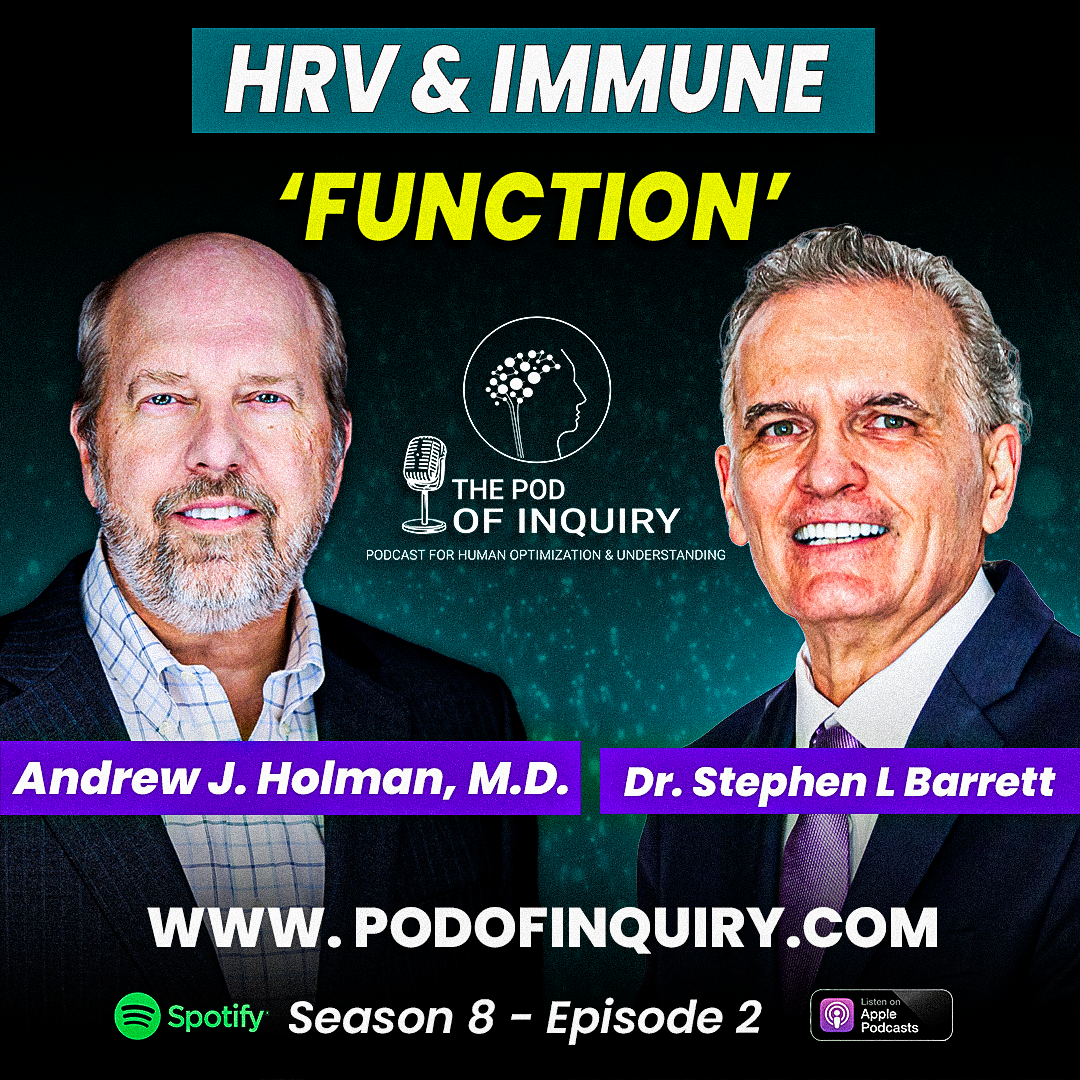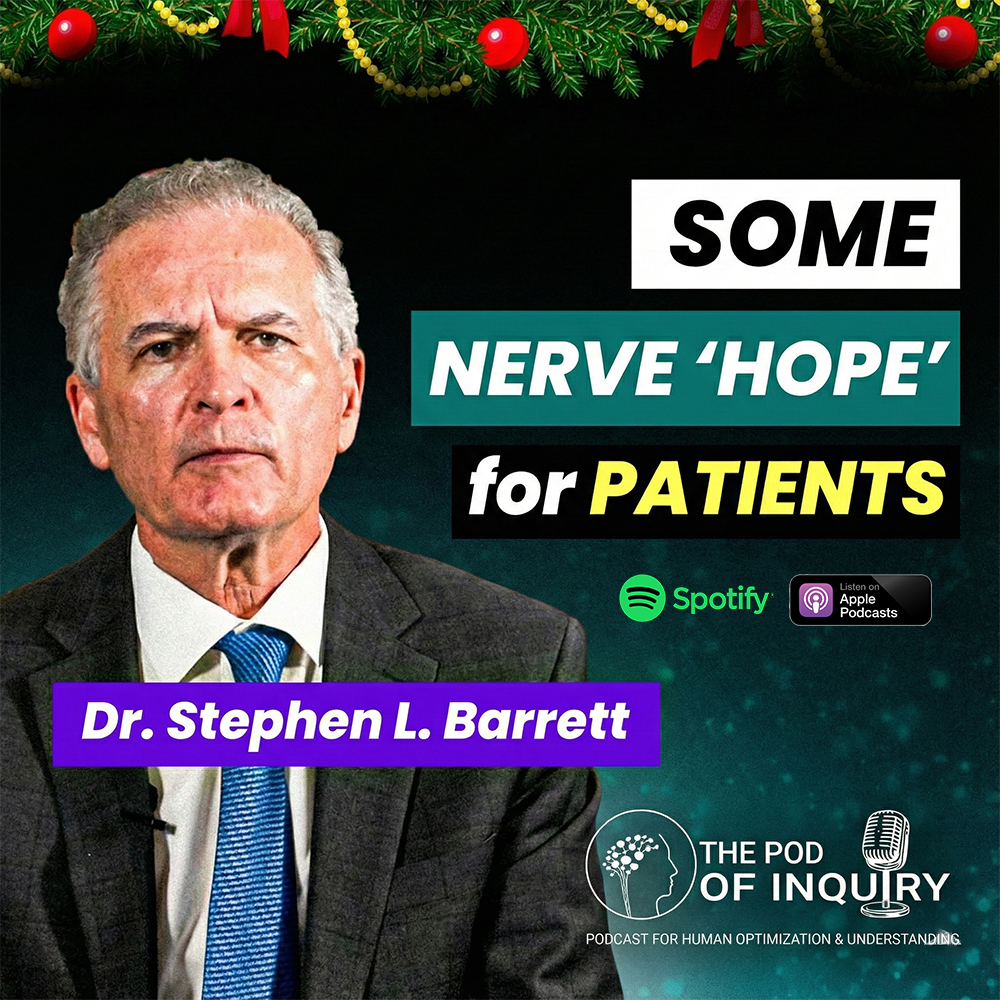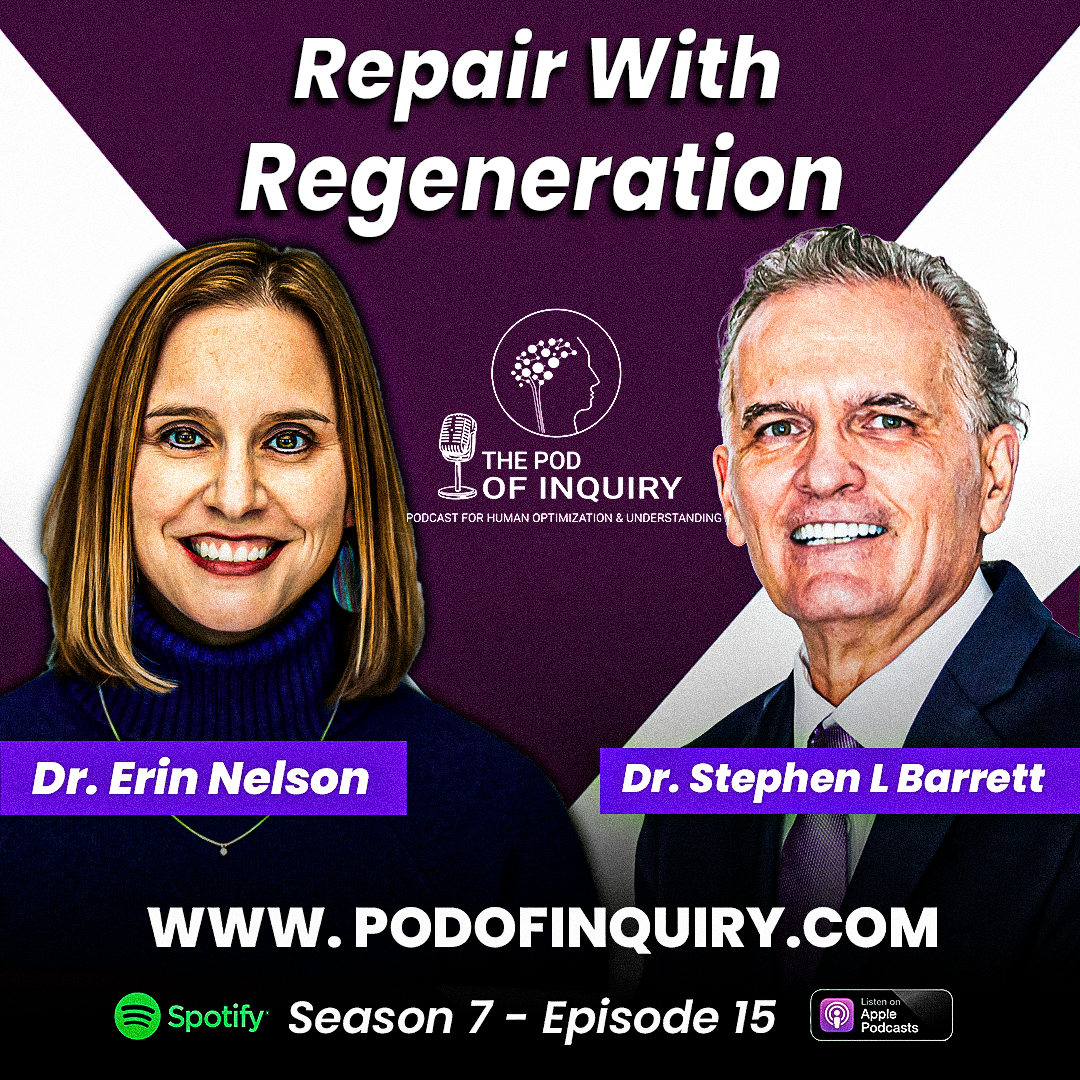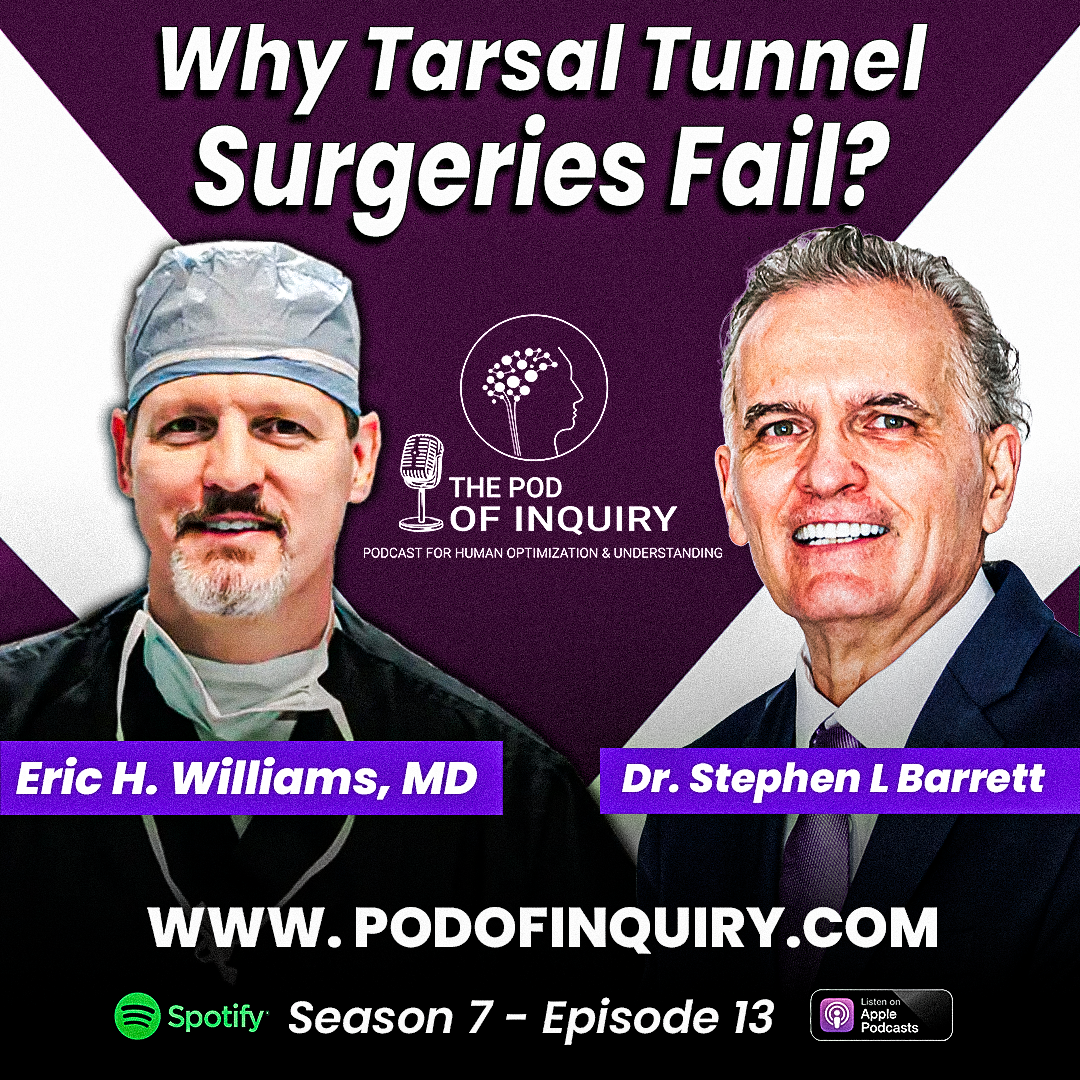This episode of the Pod of Inquiry podcast features Dr. James Anderson, a distinguished expert in peripheral nerve surgery and innovative neurological treatments.
In this fascinating discussion, Dr. Anderson delves into the world of Vagal Nerve Stimulation (VNS). You’ll discover:
- The basics of the Vagus nerve and its role in human physiology
- How VNS works and its potential applications
- His research in how the inflammatory profile of patients is improved with this technology
Whether you’re a healthcare professional or simply curious about cutting-edge medical treatments, this episode offers valuable insights into a technology that’s revolutionizing neurological care.
Don’t miss this opportunity to learn about a treatment that could reshape our approach to numerous health conditions.
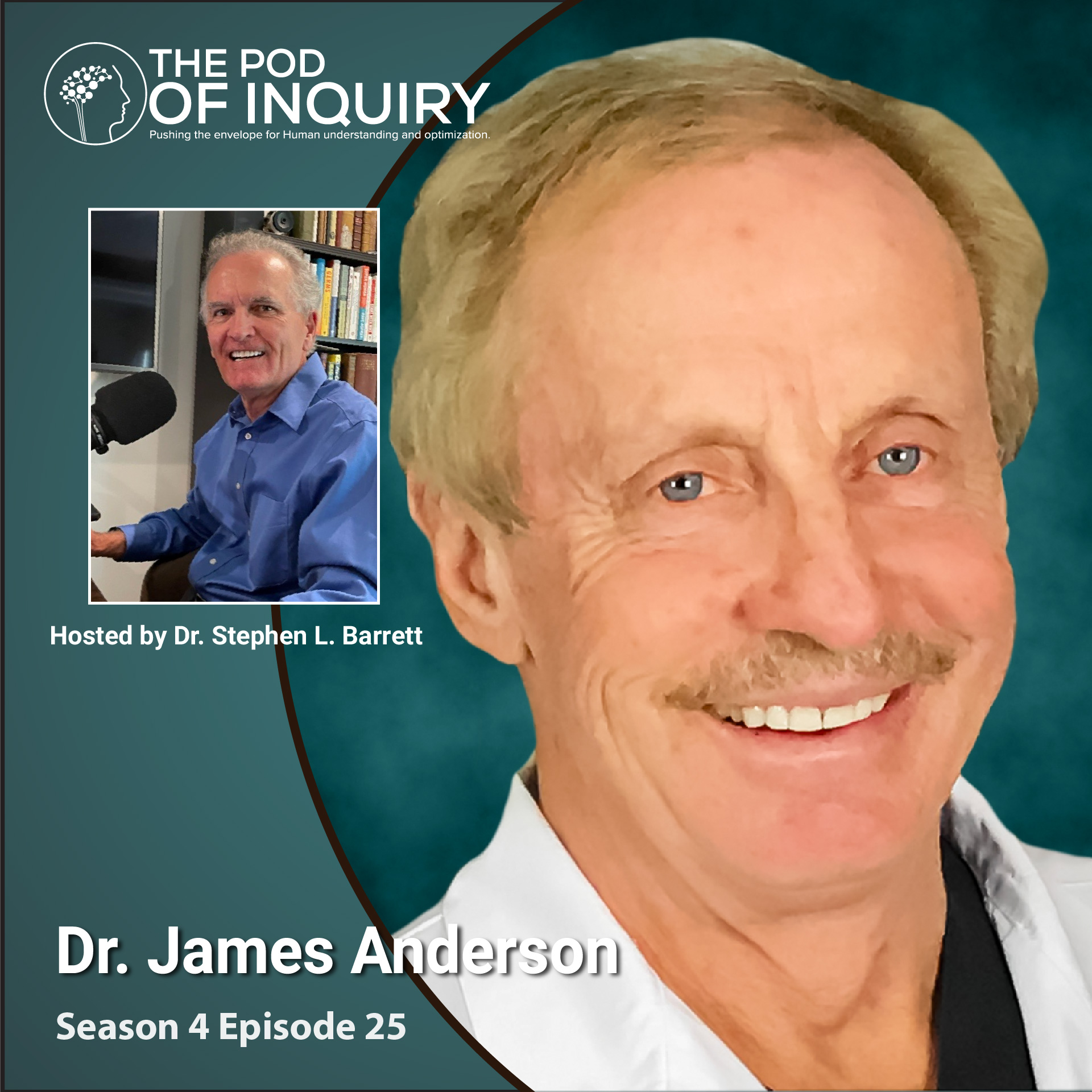
Watch The Podcast for Podiatrists
Listen to The Podcast for Podiatrists
Also available on
Show Notes from this episode
Dr. Anderson has been in practice for over 40 years and for over 20 of those years has been treating patients with nerve conditions in the lower extremity. Dr. Anderson's primary practice is in Fort Collins, Colorado. He is a founding member of the Association of Extremity Nerves Surgeons and one of its past presidents. He has had the honor of receiving the Jules Tinel's for his research on peripheral nerve conditions in the lower extremity. This is an award given to those who have demonstrated scientific contribution to the advancement of the treatment of lower extremity nerve disorders. He has published numerous papers but the following are what he considers to be the most relevant, groundbreaking studies.
Summary
- Vagal nerve stimulation for chronic pain management. 0:00
- Dr. James Anderson discusses vagal nerve stimulation for chronic pain management.
- Dr. Jim Anderson discusses vagal nerve stimulation for chronic pain management with Dr. Barrett.
- Vagal nerve stimulation for chronic pain management, with focus on cytokine changes. 4:49
- Dr. Anderson discusses study on vagal nerve stimulation for chronic pain, highlighting change in cytokine levels.
- Dr. Jim Anderson and Dr. Barrett discuss the use of peripheral nerve stimulation to reduce pain and opioid use.
- Dr. Anderson explains how he became interested in studying cytokines as a potential mechanism for pain relief.
- Dr. Jim Anderson explained that the study design involved stimulating the vagus nerve for two weeks, followed by a one-week break, and then another two-week stimulation period.
- Dr. Barrett asked about stimulating both sides of the vagus nerve at once, and Dr. Anderson replied that they didn't do that in the study.
- Pain reduction and depression improvement using non-opioid treatments. 11:51
- Dr. Jim Anderson found that 38.5% of patients experienced pain reduction, 43.6% improved depression scores, and 38.6% showed improvement in disability levels after 8 weeks of treatment.
- The study found that urine samples were taken for toxicology purposes, but no interesting findings were noted in the urine samples.
- Dr. Barrett discusses the importance of nitric oxide supplementation for health, particularly for those over 40.
- Dr. Barrett reveals that nearly every patient they test is deficient in nitric oxide, leading to post-op pain and opioid dependence.
- Minimally invasive treatment for chronic pain using intra-articular stimulators. 17:55
- Dr. Jim Anderson and Dr. Barrett discuss the application and titration of intra-articular stimulators for treating pain, with no adverse events reported.
- Dr. Anderson and Dr. Barrett discuss the effectiveness of a minimally invasive treatment for chronic pain, with reduced inflammation, anxiety, and depression, and improved activity levels.
- Dr. Barrett mentions the potential benefits of using spinal cord stimulation for chronic pain management, including its low risk and simplicity.
- Dr. Jim Anderson agrees that spinal cord stimulation is a promising treatment option, but notes that more research is needed to fully understand its effects.
- Vagus nerve stimulation for chronic pain management. 24:47
- Dr. Jim Anderson and Dr. Barrett discuss the increase in interleukin 10 levels in a patient's blood, indicating reduced inflammation.
- The study suggests that measuring cytokine levels could be a useful tool for assessing chronic pain patients and potentially guiding treatment decisions.
- Dr. Barrett praises Dr. Jim Anderson's research on vagal nerve stimulation for chronic pain management.
- Dr. Anderson discusses his paper published in the International Journal of Pain Management, co-authored with Forrest Tennant.

